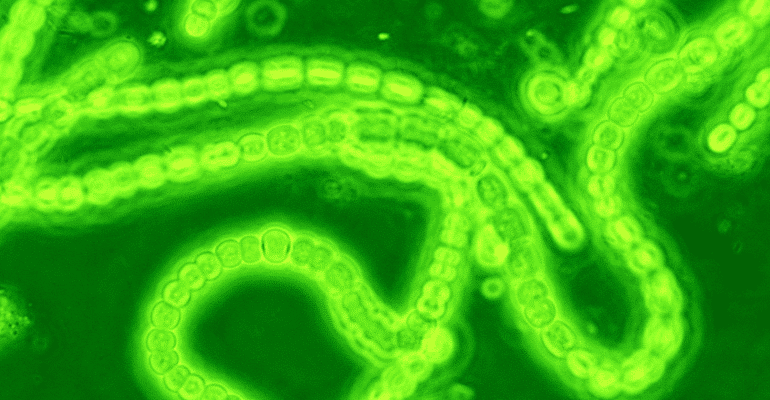We know how the Great Oxidation Event marked the entry of oxygen in Earth’s atmosphere and made life on earth possible. But recently, a team of researchers from IIT-Kharagpur has come up with an incredible discovery.
They have found evidence of life in India from at least 2.5 billion years ago- to the beginning of time, after 4 years of rigorous research. The first signs of life have been found in the form of microbial cells in the Deccan traps, where the country’s oldest rocks are located. Scientists believe that the age of the Earth itself is around 4.5 billion years.

The microbes were found at a depth of 3km. The findings have been published in one of the most recognizable scientific journals in the world- ‘Scientific Reports: Nature’, an online, open-access journal from the publishers of the prestigious ‘Nature’, last year in the December edition.
This may be a landmark discovery and the Geoscientists across the globe are trying to reveal life antiquities on Earth. Also, after the publication, inquiries are pouring in.
The team has been led by Pinaki Sar of the faculty of biotechnology to examine and understand the beginning of life in India. The news has left the ministry of earth sciences elated and had asked the IIT biotechnologists to probe more about the same.
According to the report, between 2.5 billion years and 65 million years, the crust was intermittently cool but would be shaken up again with fresh eruptions and lava flow. Sar said to Nature journal that the microorganisms found in the research are mostly bacteria, date back to a time when Earth’s crust was still unstable and earthquakes, punctuated with volcanic eruptions, were routine.
A research scholar Avish Dutta said that till now they have been able to find five micrograms of microbes in every gram of the crust they have scooped out.
“The depths of these ancient rocks do not have oxygen, water, organics or light to support life. The rock cores we dug out from three boreholes were investigated and we have been able to prove microbial existence. It is obvious they fought extreme conditions to stay alive and multiply,” said Sar.
The search started in 2014 when the ministry asked the IIT researchers to join a team of geologists at Koyna in Maharashtra (in Karar village), where a devastating earthquake had happened in 1964. These geologists were trying to establish the cause of the quake.

